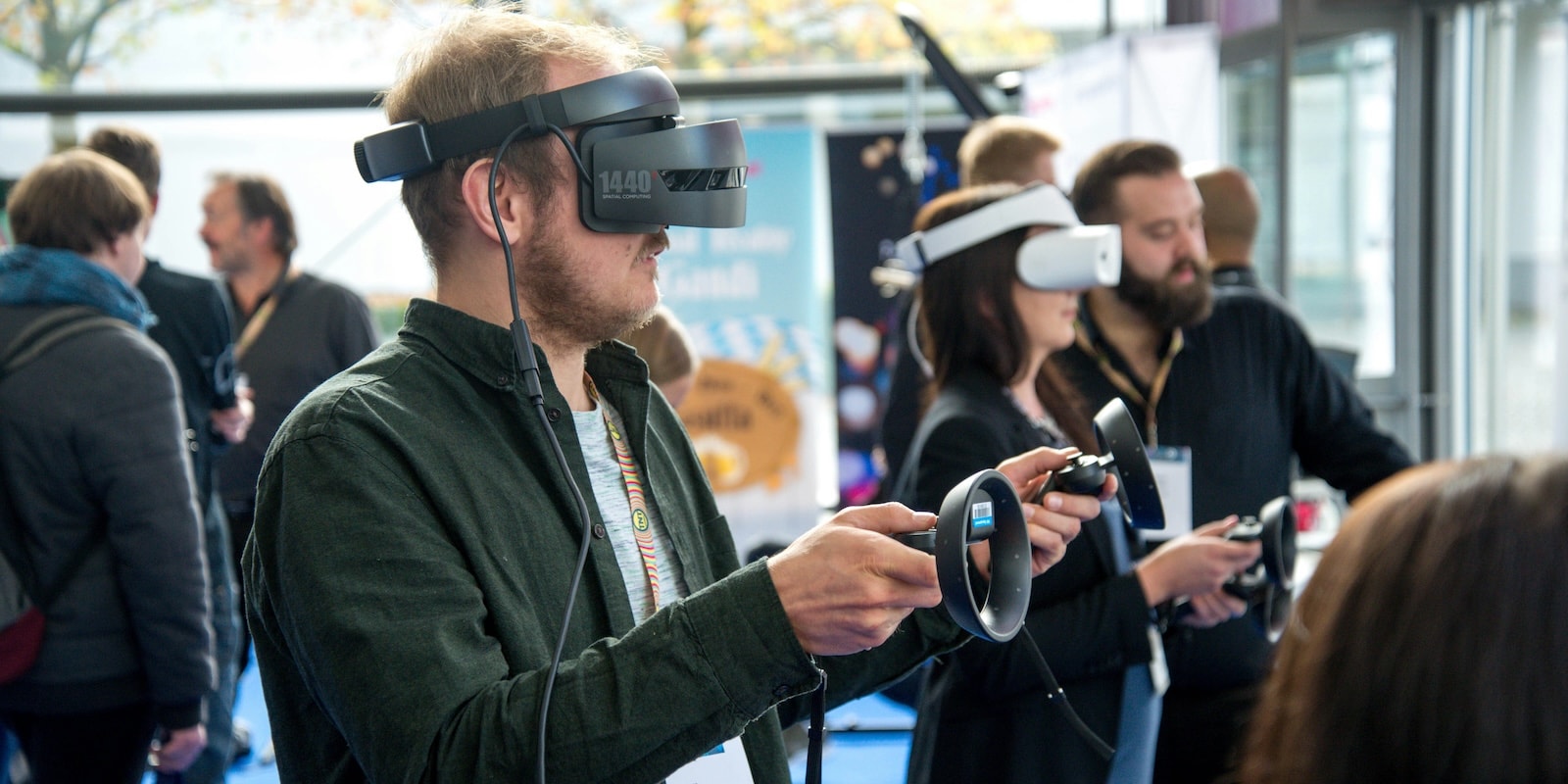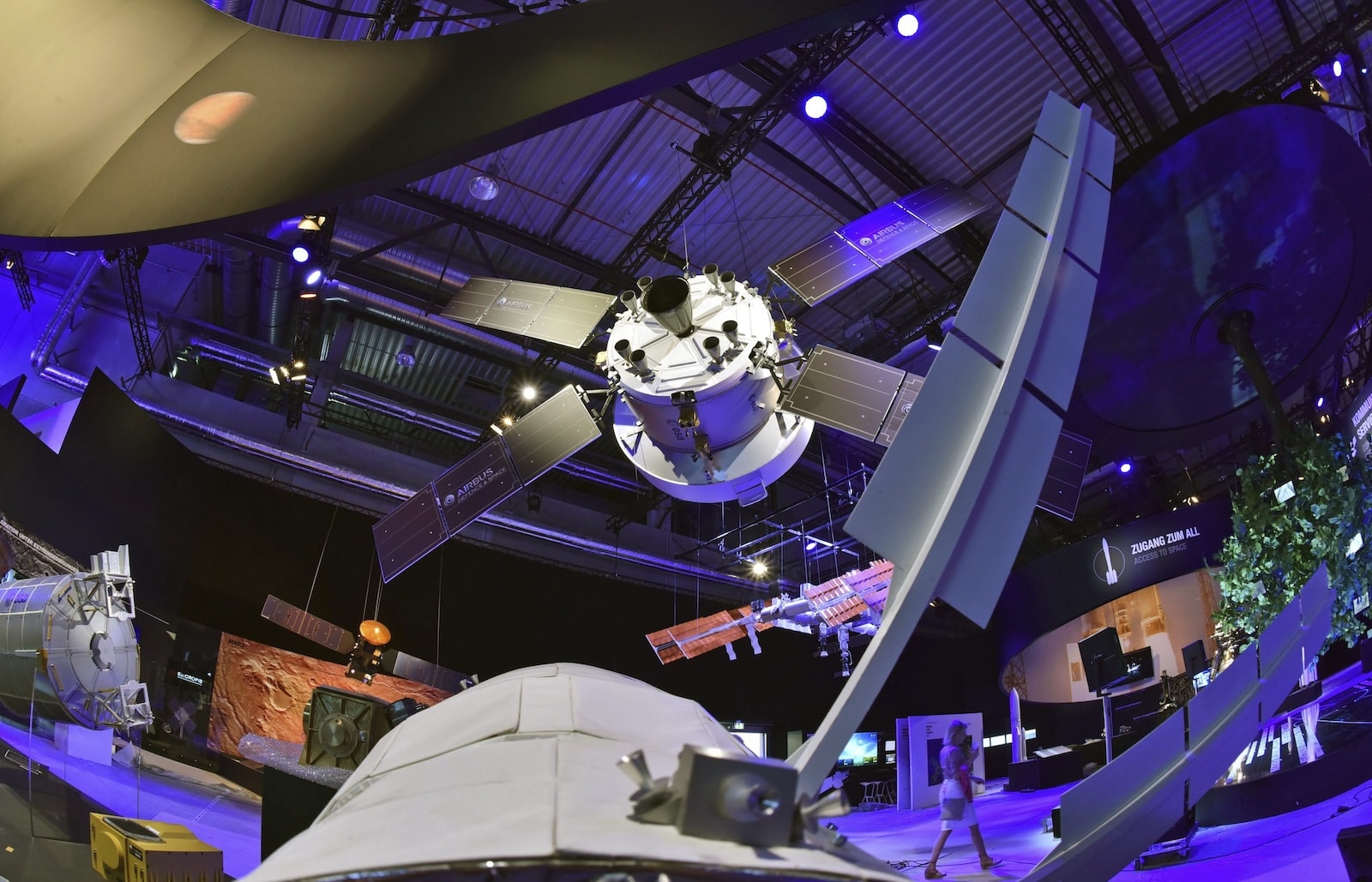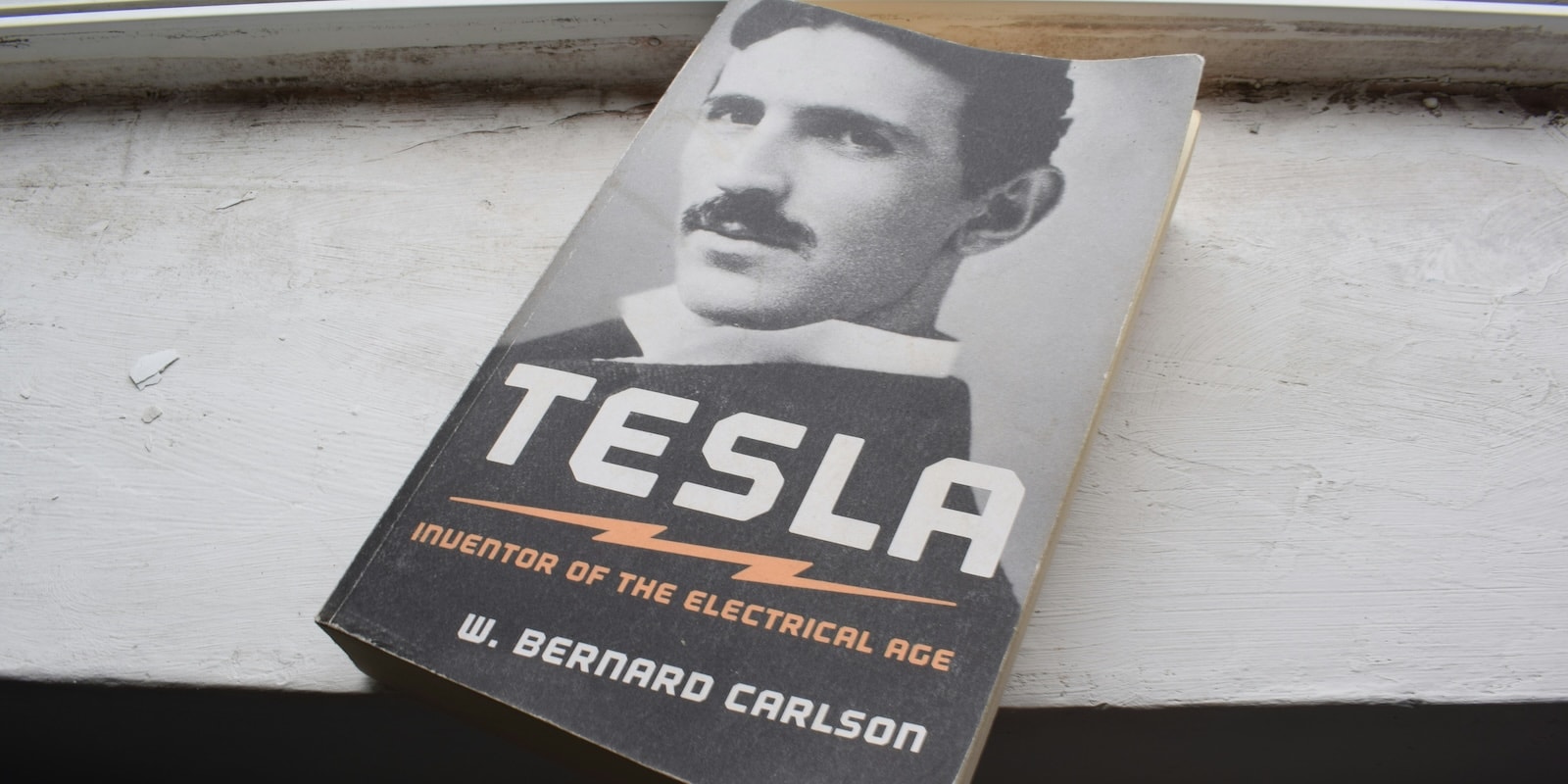Wednesday, September 24, 2025
Chances are you’ve already experienced virtual reality, an immersive technology that has revolutionized entertainment, especially in video games. But VR has many other applications, including serving as a key tool to accelerate the energy transition. Want to find out how virtual reality can contribute and what challenges it faces?
What Is virtual reality?
Virtual reality is a technology that enables users to immerse themselves in a simulated digital environment, creating an experience that can resemble or completely differ from the real world. Combining advanced hardware and software, VR is transforming industries such as entertainment, education, and energy, while also raising questions about sustainability and environmental impact. Using specialized devices like headsets or goggles, users perceive a computer-generated three-dimensional environment and interact with it in ways that simulate physical presence. Unlike augmented reality, which overlays virtual elements onto the real world, virtual reality creates an entirely new environment, isolating users from their physical surroundings to fully immerse them in the simulation.
How does virtual reality work?
Virtual reality operates by combining advanced hardware and software to simulate immersive digital environments, tricking our senses through display devices like headsets or goggles with high-resolution screens, tracking systems that follow user movements to adjust perspective in real time, and controllers that enable manual interaction, all orchestrated by software that generates the 3D environment to deliver a deeply multisensory experience. However, this technological infrastructure requires intensive real-time data processing, which relies on data centers that consume large amounts of energy. This raises challenges in terms of sustainability and energy efficiency.
Applications of virtual reality in the energy transition
Virtual reality is proving to be a versatile tool with enormous potential to accelerate the energy transition on multiple fronts. From integrating renewable energy to optimizing processes in the energy sector, this immersive technology is redefining how we design, operate, and manage energy infrastructure.
Training and skills development
VR makes it possible to simulate dangerous or complex environments, such as electrical substations, wind farms, or hydrogen plants, to train technicians and operators safely and efficiently. This reduces risks, costs, and learning times. For example, training in wind turbine maintenance can be expensive and hazardous in real life, but becomes accessible and safe in a virtual environment.
Infrastructure design and planning
Engineers and urban planners can use VR to visualize and optimize the design of solar farms, wind farms, or distribution networks before construction begins. This makes it easier to identify potential issues, improve efficiency, and reduce errors, resulting in significant cost savings.
Predictive and remote maintenance
Technicians can use virtual reality to access 3D models of complex equipment, overlaying real-time data to diagnose problems or guide remote repairs. This reduces the need for travel and helps minimize downtime.
Public awareness and education
VR can transport users to a renewable energy plant or explain how a smart grid works in an immersive and engaging way. This promotes social acceptance of new infrastructure and encourages responsible energy consumption habits.
Optimizing energy efficiency
Virtual reality makes it possible to visualize energy flows in buildings or industrial processes, helping to identify leaks or inefficiencies and propose improvements.
Challenges of virtual reality in the energy transition
Although virtual reality has enormous potential to drive the energy transition, it also presents significant challenges. Operating VR systems and manufacturing their devices require considerable amounts of energy and resources, and also generate electronic waste. It is essential for the VR industry to adopt eco-friendly design principles, improve energy efficiency, and explore circular economy models for its components, ensuring that this technology becomes a true ally in building a sustainable energy future.
Benefits and challenges of virtual reality for the energy transition
The implementation of virtual reality in the energy sector offers a range of benefits that support the transition. From reducing costs to improving operational efficiency, this immersive technology is helping decarbonize the energy sector and integrate renewable energy more effectively.
Cost reduction
By optimizing design, training, and maintenance, virtual reality can generate significant savings. For example, VR-based training can cut costs by up to 70 percent compared to traditional methods.
Improved safety
VR enables workers to practice high-risk procedures in a safe environment, minimizing accidents and improving preparedness. In Spain, workplace accidents remain a concern, with more than 620,000 incidents resulting in sick leave reported in 2023.
Accelerated innovation
Virtual reality facilitates experimentation with new technologies and business models, shortening development cycles and speeding up project deployment.
Greater operational efficiency
VR helps optimize processes, reduce downtime, and improve decision-making based on visual data and precise simulations.
Promoting sustainability
VR optimizes resource use, reducing the need for travel and improving energy efficiency.
However, to maximize these benefits, it is important to address the environmental challenges associated with VR, such as the energy consumption of data centers and the water footprint of their supporting infrastructure.
The role of the Moeve Innovation Center and energy parks
At Moeve, we recognize the transformative potential of virtual reality and other emerging technologies for the energy transition, as well as the challenges these technologies can bring. That is why our Innovation Center is committed to integrating renewable energy into our operations, advancing research in energy efficiency, and developing sustainable solutions that minimize the environmental impact of virtual reality. Here, multidisciplinary teams of engineers, scientists, developers, and energy experts collaborate to create advanced simulations that make it possible to:
- Design and test virtual prototypes of new energy infrastructure, such as storage systems or smart grids, before physical investment.
- Develop immersive training programs for our technicians, ensuring they are highly qualified to operate and maintain the most advanced technologies in our energy parks.
- Visualize and optimize the integration and production of renewable energy in our energy parks, which function as complex ecosystems where diverse energy sources coexist with storage and intelligent management systems. Virtual reality allows us to plan the optimal layout of equipment, simulate performance under different conditions, and train the people responsible for operating these interconnected systems.
Ultimately, the Moeve Innovation Center enables us to implement more efficient and sustainable energy solutions and positions our energy parks as leading models for building a more sustainable, secure, and resilient energy future for all. At the same time, we remain committed to researching ways to reduce the environmental footprint of virtual reality so it can truly become an ally in the energy transition.
¿Te ha parecido interesante?





